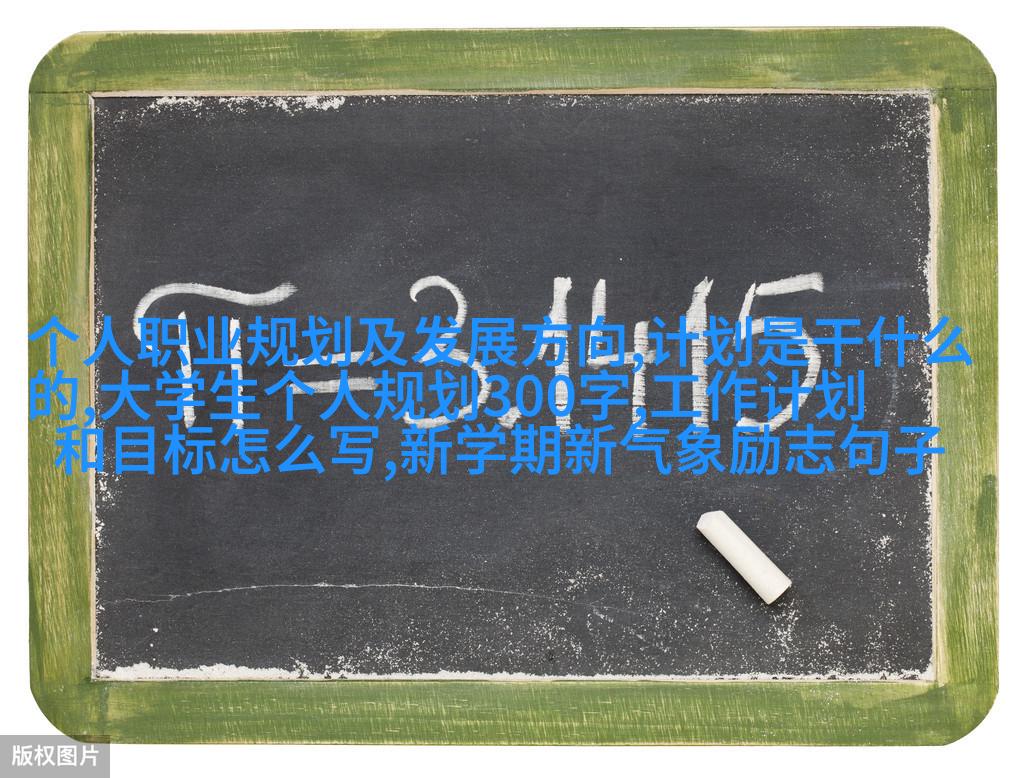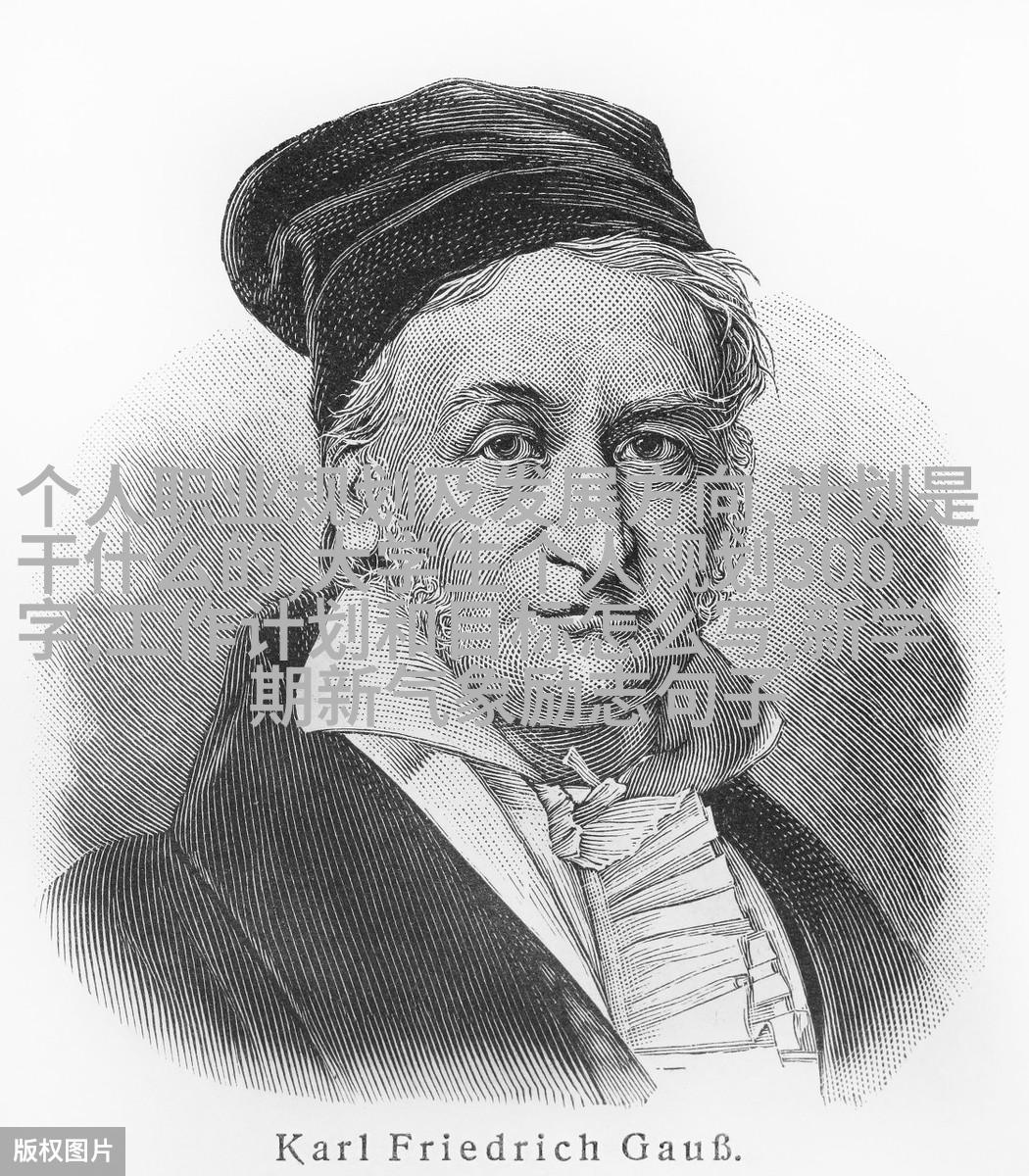一、肩宽的重要性

Shoulder width, often overlooked yet crucial in determining one's overall appearance and posture. It is the foundation of our upper body structure, influencing how we carry ourselves and interact with the world around us.
二、测量方法:如何准确量度肩宽

Accurate measurement is key to understanding and improving your shoulder width. There are a few methods you can use:
Ruler method:
Place a flexible measuring tape or a ruler across your shoulders, parallel to the ground. Make sure it's level and not tilting forward or backward. Take note of the widest point between your shoulder blades.

String method:
Cut two strings of equal length and tie them together at one end, forming an "X" shape when held against your shoulders. Adjust the strings until they fit comfortably across your shoulders without pulling too tight or loose.

Mirror method:
Stand in front of a mirror with your arms relaxed by your sides. Identify where your shoulder blades meet in the middle - this is usually where you'll find the widest part of your shoulders.

三、影响因素:遗传与生活习惯
Factors such as genetics and lifestyle play significant roles in shaping our shoulder width.
Genetics: Our genes determine many physical characteristics, including our bone structure and muscle development.
Lifestyle: Regular exercise like weightlifting can help strengthen muscles surrounding our shoulders, which may increase their apparent width over time.
四、改善措施:增强肩部肌肉和姿势修正
To improve or enhance our shoulder width, we need to focus on strengthening related muscles while correcting any postural imbalances.
Shoulder exercises: Engage in exercises that target specific muscles around your shoulders such as deltoids (frontal raise), trapezius (shrugs), rhomboids (scapular rows) and latissimus dorsi (pull-ups).
Posture correction: Maintain good posture by keeping head straight up when standing tall with feet hip-width apart; avoid slouching while sitting for extended periods.
3-5 cm difference: The ideal difference between arm lengths from armpit to wrist should be 3-5 cm for both arms according to Chinese medicine principles which may influence perceived wider-looking shoulders.
五、结论与建议
In conclusion, understanding how to measure shoulder width accurately allows us to identify areas for improvement through targeted exercises while maintaining proper posture habits that contribute positively towards enhancing overall appearance and confidence levels throughout daily life experiences.
Based on these findings & insights shared above:
Focus on building strong back & chest muscles.
Practice correct sitting/standing postures.
Consider consulting professionals if persistent issues persist.
By following these guidelines & consistently working towards self-improvement goals alongside adopting healthy practices within daily routines – we will witness noticeable improvements over time.
This article has provided valuable information about measuring & understanding one’s own unique measurements so they can work effectively towards enhancing their personal physique leading better health outcomes due diligence must always be taken before starting any new exercise routine!
